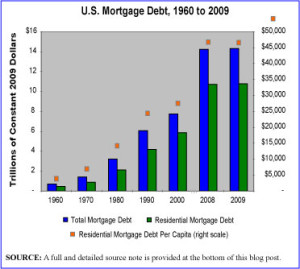The last couple of posts have been about the size of certain wholesale and retail industries. We thought that we’d spend this week on a few key wholesale industries that have seen particular declines over the last decade or so. In order to place those industry’s relative health into a larger context, we’ll start off with a look at the entire industry as a whole, all wholesalers. There is a clear pattern of consolidation evident as the number of establishments declined while sales grew. Overall, the sector looks pretty healthy as of 2007, ending that year with fewer establishments but 8.6% more employees than in 1997 and a nearly 50% increase in sales. Unfortunately, December 2007 was also the official start of a significant recession.
Geographic reference: United States
Year: 1997 and 2007
Market size: Number of Establishments: 453,470 and 432,094 respectively for a decrease of 4.7%.
Market size: Sales: $4,059.7 and $6,039.2 billion respectively for an increase of 48.76%.
Source: “Sector 00: EC0700CADV2: All Sectors: Core Business Statistics Series: Advanced Compariative Statistics for the United States (2002 NAICS Basis): 2007 and 2002,” 2007 Economic Census, available online here. The data from 1997 are from the 1997 Economic Census.
Original source: U.S. Department of Commerce, Bureau of the Census.


